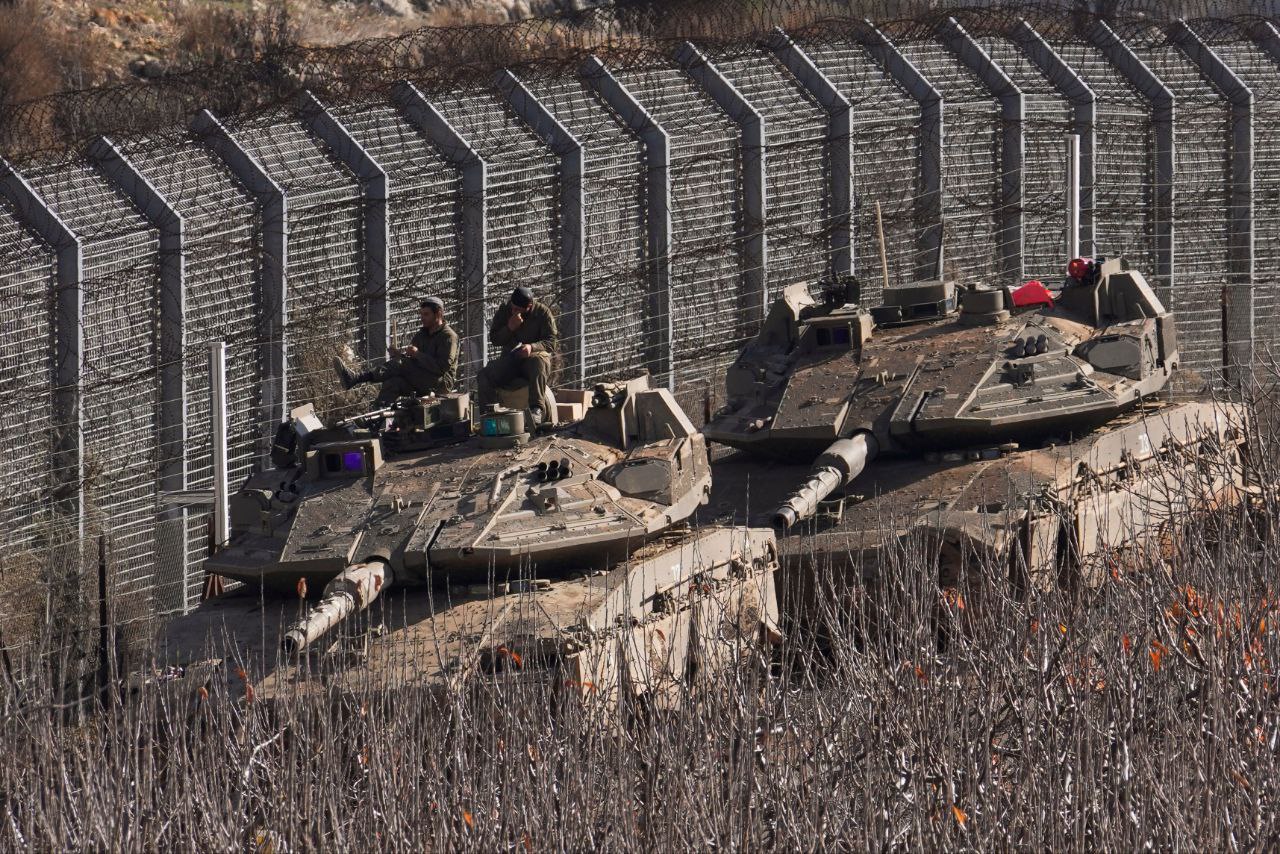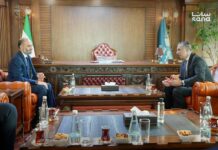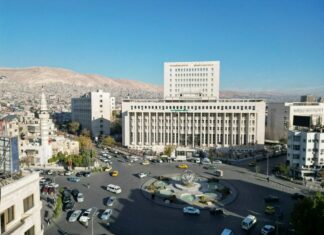
Southern Syria is entering a new and dangerous phase. Since the fall of Bashar al-Assad’s regime in December, Israel has launched an aggressive campaign of military operations, territorial incursions, occupation, and civilian intimidation, effectively redrawing the map of power in Quneitra and beyond.
On Saturday afternoon, as residents gathered to celebrate Eid al-Fitr at the temporary governorate building in Salam, Israeli artillery struck the area, marking the first direct Israeli military targeting of the city since Assad’s collapse. Unlike in Daraa’s Eid attacks, there were no casualties, but the timing and location were clear: a calculated act of intimidation.
Since February 10 alone, Israel has carried out 89 ground incursions, 29 air and artillery strikes in southern Syria, and 35 other airstrikes across the country, according to analyst Charles Lister. In Hamidiyah, Israeli forces have commandeered Syrian territory once part of a UN buffer zone. Bulldozers now carve up farmland, building barriers, bisecting property like that of local resident Eid al-Ali, who watches helplessly as soldiers forbid him from even grazing his goats near the wall.
Strategic & Deliberate
For Israel, this is more than tactical. It is strategic and ideological. As articulated by senior Israeli officer Amit Yagur in Maariv, the goal is to reshape the region in a post-war vision rooted in military dominance, economic leverage, and geopolitical restructuring. His call includes confronting Turkey as “a second Iran,” controlling reconstruction efforts in Syria and Lebanon via a US-Israel-Gulf-led “Marshall Plan,” and neutralizing Hezbollah not just militarily, but politically and culturally.
Throughout southern Syria, Israel has installed checkpoints, restricted movement, photographed IDs, limited access to hospitals during emergencies, and even capped the number of mourners allowed at funerals. Though the army denies enforcing “a curfew,” residents experience what amounts to one
“This is an occupation,” said Turki al-Mustafa, a former official in the region. “And it’s being normalized.” This normalization extends to symbolic acts. During the upcoming Jewish Passover holiday, the Israeli army plans to open sections of the border fence for settlers to tour the occupied Syrian land. The trips, organized by nationalist institutes with army coordination, are marketed as “educational.” The message: what was once Syrian is now part of the Israeli national landscape.
A Culture of Silence
A local human rights activist, speaking anonymously, blamed the weak media coverage and international silence on deliberate Western policy. “This is what the US wants,” he said. “No one is holding Israel accountable.”
Israel’s actions in southern Syria are not isolated incidents. They represent a deliberate policy shift since the October 7, 2023, attacks and the broader regional war that followed. As The Wall Street Journal reported, Israel is no longer content with defense—it is establishing “buffer zones” across borders: in Gaza, in Lebanon, and now, in Syria.
Syria’s south is now dotted with Israeli military posts, surveillance towers, and patrols. Residents live under constant watch, denied basic freedom of movement, and subjected to humiliation masked as security.









